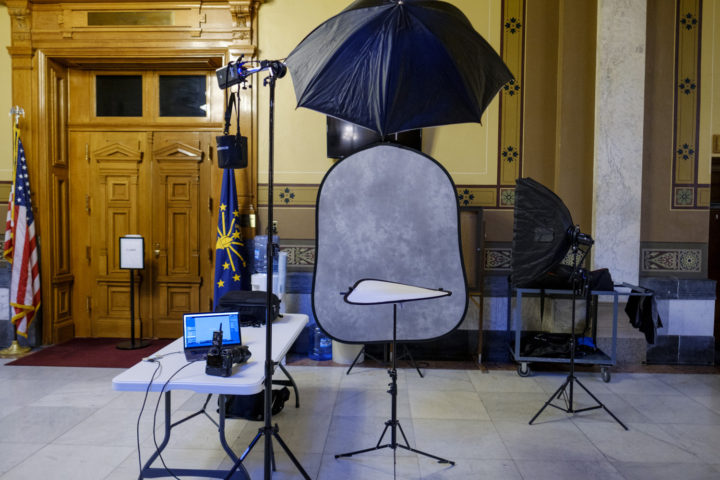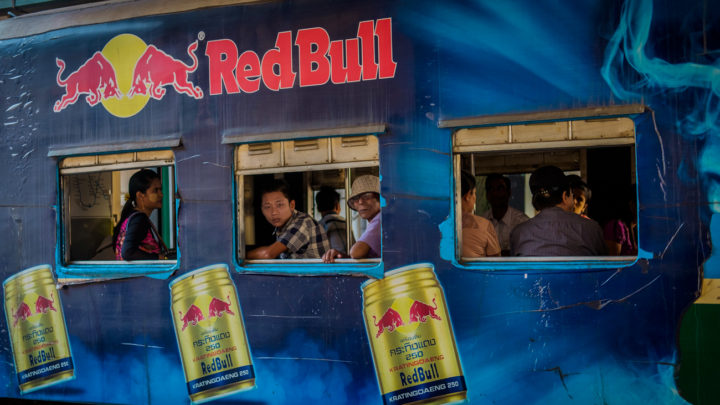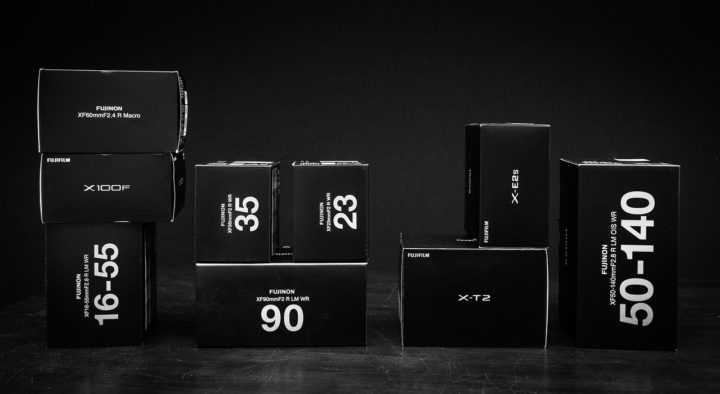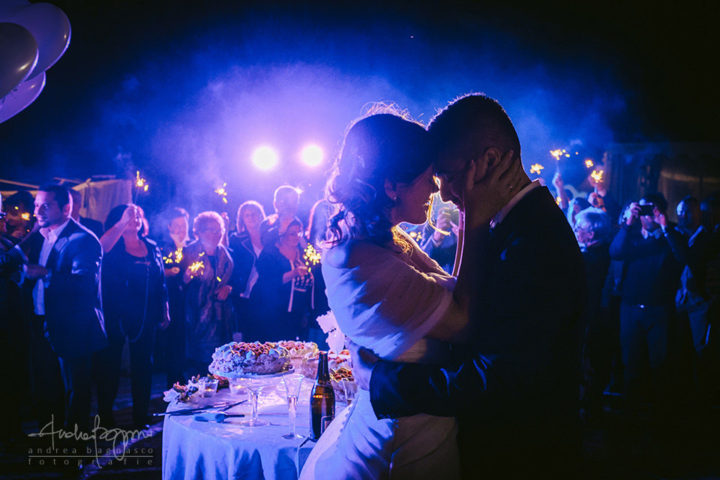This guest post has been written before we broke the IBIS rumor yesterday here.
Guest Post by webdiver
For quite some time I’ve seen the IBIS on Fuji discussion being brought to light and the conclusions always seem to be that either it is impossible or it would come at a image quality cost, one can tell that Fuji won’t compromise image quality and it would be obvious that that reason alone would stir a change to Fuji’s current IS system out of question.
I’m aware that moving the sensor on a Fuji X camera would cause heavy and harsh vignetting and clearly Fuji thinks that far outweighs any quality gain on the center of the image, but the IBIS advantages over OIS systems were enough to feed a long discussion, for instance IBIS:
- Stabilizes in more axis than optical technology (more effective at mitigating twisting motion);
- Accomplishes stabilized footage on all lenses;
- Enables the implementation of Pixel-Shift technology, a solution that was already implemented by Olympus and Pentax, it gives the user the possibility to take super high resolution images.
Until now nothing I said is new, before the Fuji X-T2 came out I wouldn’t even bother writing this article, but Fuji began taking video seriously and what I’ve noticed is that IBIS is particularly useful for video. Why is this relevant? When recording video the camera only reads out the information from the inner part of the sensor thus allowing room for the sensor to be shifted without the risk of affecting the video quality near the edges of the frame.


Bayer array X-Trans array
Pixel-Shift could also be a possibility, Fuji glass is sharp and I’m confident it can resolve more than 24MP, but due to the nature of the X-Trans pixel array the process wouldn’t be quite as simple as with the Bayer sensors, the problem is that Pixel-Shift shifts the sensor by half-pixel length in four different directions and, while on a Bayer array it places a red a blue and 2 different green photo-diodes in the same place thus creating a virtual pixel, on a X-Trans array there is always one place in the nine photo-diode array that is overlaying 4 green photo-diodes, for example track the place of the upper-left green photo-diode in the 4 green group as the sensor shifts up-left-down-right. I suppose a image processing algorithm could correct this.
Also IBIS could be adapted for stills as an hybrid system, the OIS would take care of the up-down and left-right stabilization while IBIS takes care of the other 3 axis. By doing so the vignetting would only be an issue in the corners of the image.
As you can see I’m speculating but I’m under the impression that I’m not thinking nonsense. What do you think?






